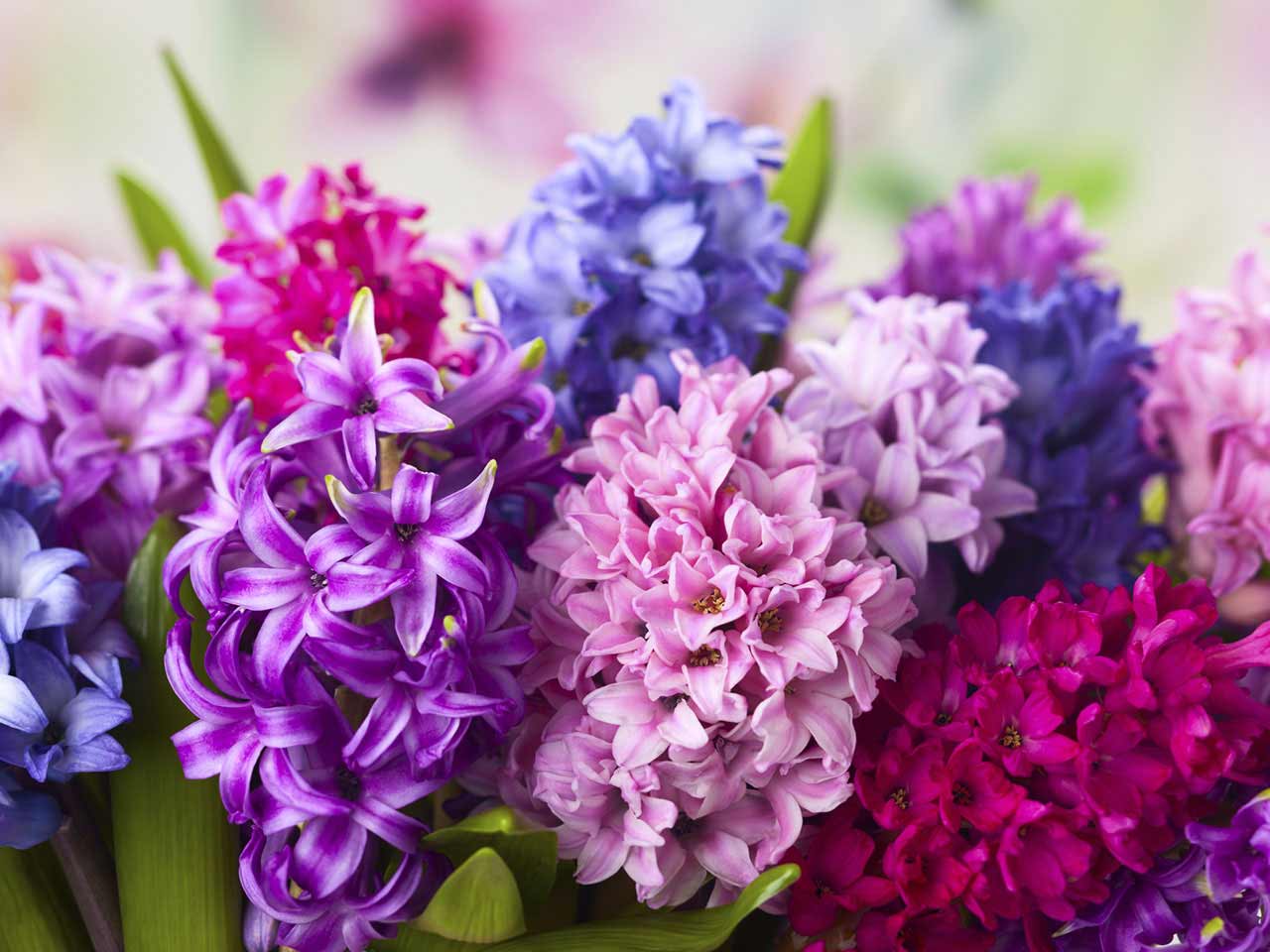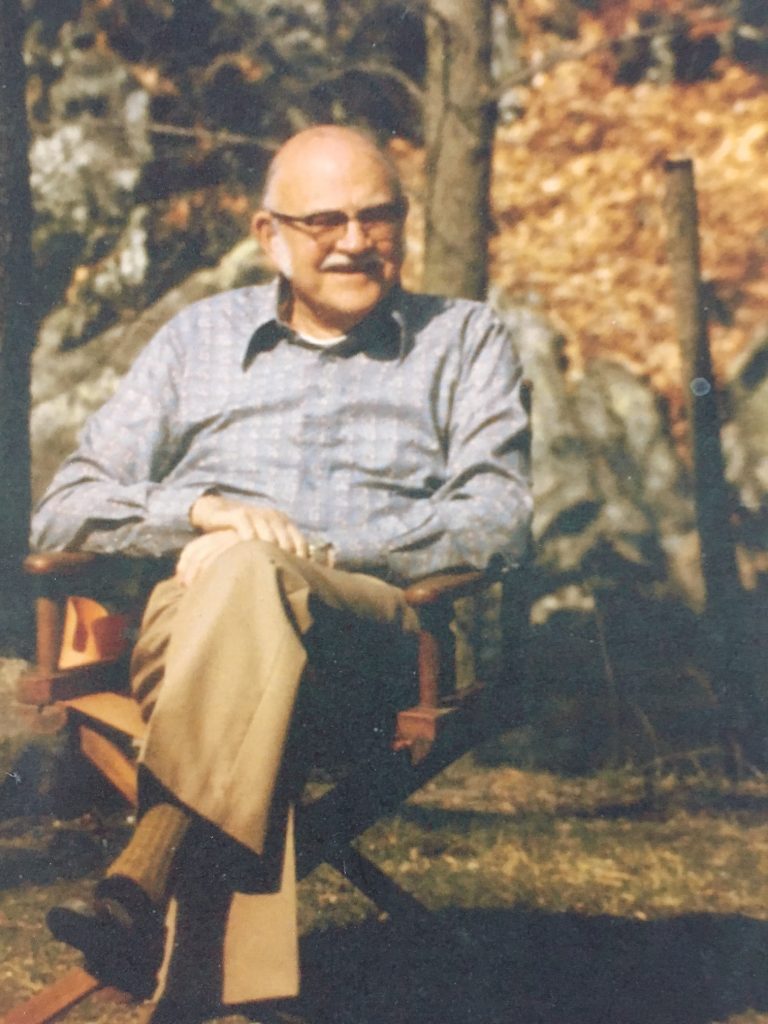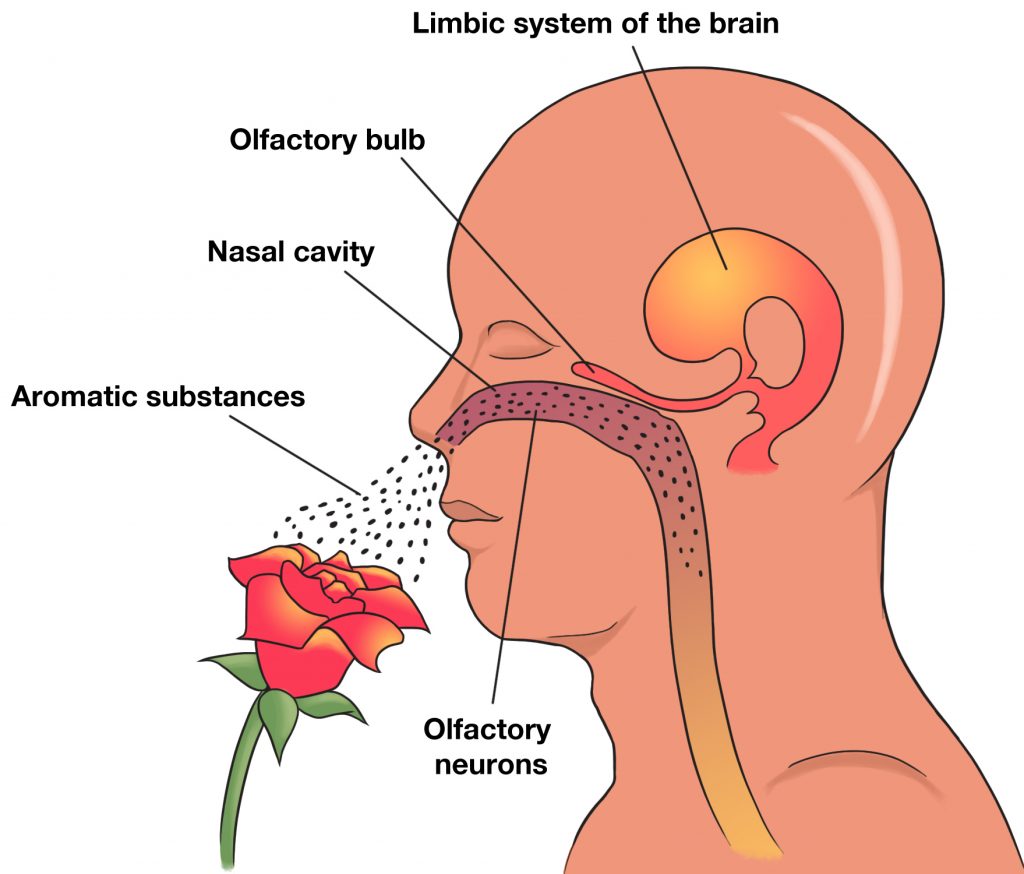People who live in climates with true changes of season say they love the cycle from snow to rain to sunshine to fall leaves. It’s true there are times of year when spring flowers and fall leaves are a truly beautiful sight. Transplants to San Diego will tell you they “miss” the changing seasons.
Southern California seasons change, too. The changes are more subtle, that’s all. We know it’s officially Spring this week, even when we’ve been hit by more rain (and nothing wrong with that). We are getting more hours of sunlight. Human beings instinctively feel it as part of the biophilic connection we have to the rhythms of nature. People who suffer from Seasonal Affective Disorder due to lack of sunlight are finally getting relief as the days get longer and sunlight gets stronger as the Earth tilts the Northern Hemisphere toward the sun over the next few months. This is the reason we get longer days. Science!
Living creatures know when the weather improves, food sources improve, and it’s a good time to have babies. This is why we see baby chickens, ducks, and rabbits around Easter time. Years ago when I ran my flower shop downtown, I brought a little biophilic connection to my customers without even realizing it. I would get baby chickens and baby ducks, and keep them for several days at the flower stand. My customers loved it, baby chicks and ducklings are hilarious and an unusual thing to find downtown. When the Easter season was done, I brought them home and enjoyed fresh eggs all year long.
I looked forward to refreshing my flower inventory with seasonal favorites available in spring, especially bulb flowers like daffodils, tulips, and hyacinths. There aren’t any flowers more representative of spring, are there?
I have a special affection for hyacinths. Their beautiful fragrance reminds me of my grandfather. He was an avid gardener, and I’m convinced my love of nature and plants comes from him. He lived in Westfield, New Jersey. No, he didn’t work with plants for a living, quite the opposite. He was a corporate attorney for Allied Chemical, a pretty stressful and technical job. He would take the train to New York City to work every day, and there’s no more urban environment as you can imagine.
But at night, his reward was coming home to his garden and plants. He had two summer sleeping porches, and he converted one of them to a greenhouse. What a luxury it is when you live in a climate that gets so cold to have a greenhouse where you can enjoy plants and flowers all year long. In San Diego, we don’t really appreciate the impact of maintaining that connection to nature all year long, but my grandfather did. This was his greatest luxury in life. He loved hyacinths and when I smell them to this day, fifty years later, my grandfather is immediately in my memory.
You may have strong memories associated with a scent, too: flowers, salty sea air, freshly-cut grass, cookies baking. There is a reason smells trigger these memories. Research shows scents are a more effective reminder of memories than your other senses because of the way the brain processes smells. Before scent reaches the thalamus, the smell-analyzing part of your brain, it passes through the amygdala and hippocampus, which are the brain regions that process memory and emotion. You also have far more receptors for smells than other senses, hundreds of times more. So you can often tell the difference between very subtle scents, even if you can’t verbally explain them. This is why aromatherapy works.
A scent hits your memory and emotion before it’s processed, giving it a close connection to vivid memories in your brain. Scent-induced memories are especially powerful, emotional, and different than other memories. They tend to be older memories from your childhood, established during ages one through ten when your other senses aren’t as developed yet. This is why scent memories seem to take you back in time. Because they literally do in your mind.
Sight, sound, and touch don’t pass through these areas and aren’t as successful triggering memories, although they still can of course.
Psychological research shows both young and old adults could recall twice as many memories when they were associated with an odor, and it stays strong no matter your age.
Positive associations from childhood between scent and memories explain why healing gardens using plants with fragrant flowers and foliage are so effective helping people process stress or greater trauma. Healing gardens full of flowers and scented plants are becoming more common in nursing homes, in memory care facilities and other landscapes for people with memory loss. Scent is sometimes the last memory that fades. It is yet another reminder of the healing power of nature and our deep connection as people to nature. In my case, to my grandfather and to my legacy through one fragrant flower, a hyacinth.



